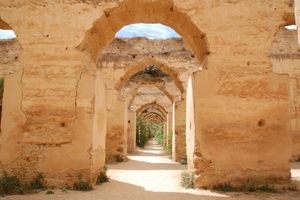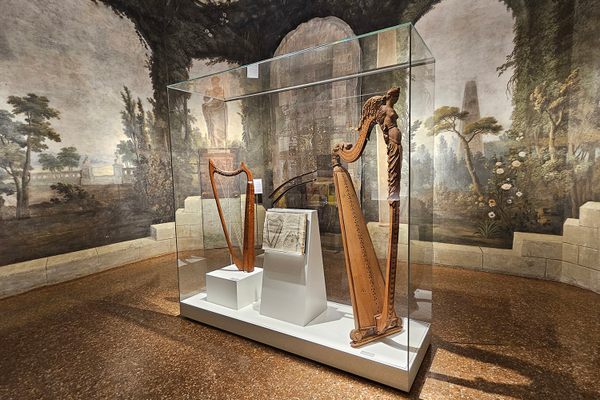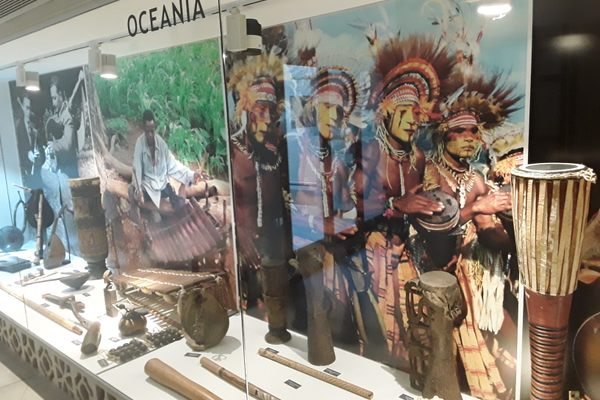About
This museum's primary focus is on musical instruments that represent the diverse musical traditions of Morocco and the surrounding region. Visitors can examine a comprehensive collection of musical instruments from various ethnic and cultural groups. The displays provide context about the historical significance, construction techniques, and cultural importance of these musical artifacts.
Traditional Moroccan music is classified by its kaleidoscopic regional variations. Among the most common styles are Amazigh, Andalusi, malhun, chaabi, aita, reggada, gnawa, and guedra. Each of these styles is associated with specific ethnic groups and musical instruments. Made of locally available resources and at times with hard-to-come-by materials, these instruments required is astonishing level of artisanship.
Architecturally, the museum preserves the splendor of a traditional Moroccan palace, with its beautiful inner courtyard and elaborately decorated rooms serving as an exceptional setting for the musical instrument exhibits. The space itself tells a story of cultural refinement, with each room carefully designed to complement the musical displays and provide visitors with an immersive experience of Morocco's musical heritage.
An inscription unearthed in the reception room attests that the building was constructed in 1882. The original owner of this palace was Ben Larbi Jamai, Grand Vizier of Sultan Moulay Hassan I. In 1912, the French authorities repurposed this building to serve as a military hospital, and a few years later, in 1920, the palace was officially recognized as a historical monument. The same year, the Museum of Indigenous Arts was opened on its premises. Since then, the theme of the museum has undergone several transformations, and in 2014, it eventually became the National Museum of Music.
Related Tags
Flavors of Morocco: Souks, Spices & Saharan Stars
A Moroccan Culinary Adventure from Marrakech to Essaouira.
Book NowCommunity Contributors
Added By
Published
December 18, 2024























































